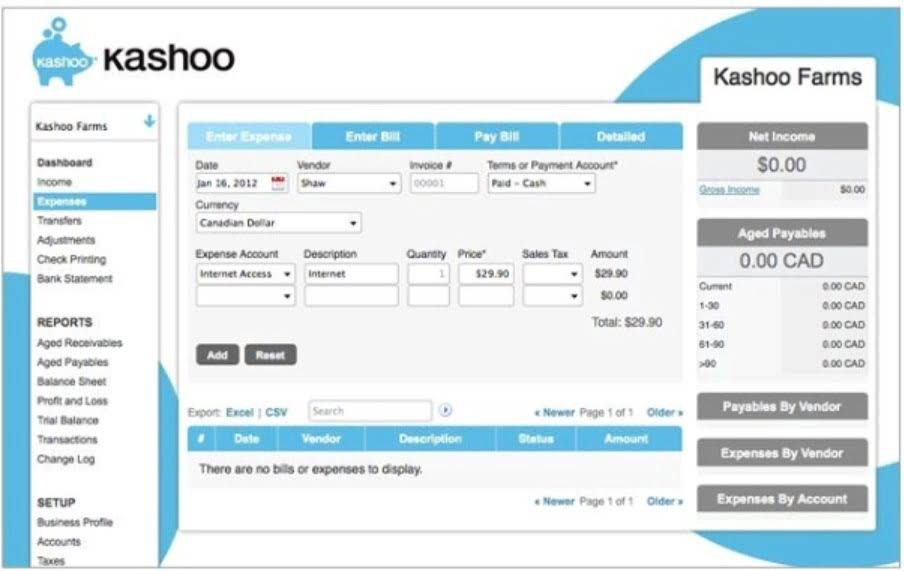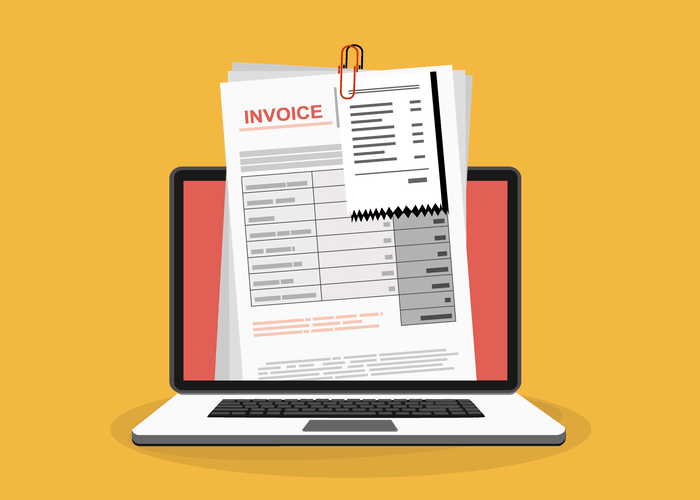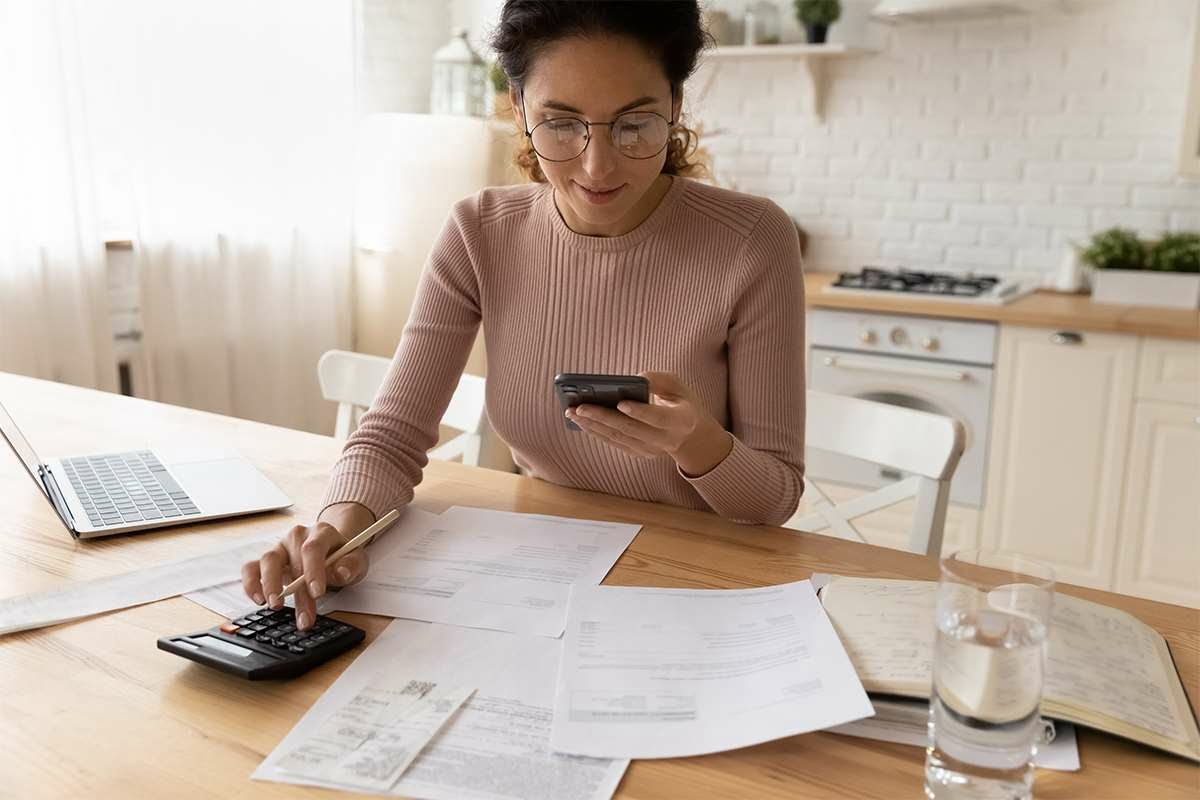It is recorded in a company’s balance sheet as either a short-term obligation as it is highly likely due within one year. Accounting for salary payable involves distinguishing it from other payroll-related accounts, such as taxes withheld. While calculated concurrently, these components are recorded separately to comply with tax regulations and ensure clarity. This precision aids in preparing accurate payroll tax returns and meeting statutory obligations. Salary payable is a key element of financial statements, reflecting amounts owed to employees for work performed but not yet paid.
- For example, if a manager’s salary is $48,000 per year and salaries are paid semimonthly, the manager’s gross pay will be $2,000 for each of the 24 pay periods.
- This is because salaries and wages that get accrued, or are payable mostly incur as a result of services that are already utilized by the company.
- Do you know the difference between salaries and wages, and how to record them in the accounting books?
- Penthouse Co. is a manufacturing concern, which sells furniture to different retailers.
- Generally, the cost of fringe benefits should be expensed when they are earned by the employee, not in the period in which they are paid.
This payment covers the wage in both the previous month and the new month. One part to cover the previous month’s expense and another part to record into the new month’s expense. Next time you spot that line item on a balance sheet, give wages payable a nod of appreciation. Whether crunching numbers or sipping coffee, the world of finance is full of delightful surprises. “But wait,” you might ask, “what is the difference between wages payable and salaries and wages payable?
How to Record Salaries and Wages Payable
As of the reporting date, the unpaid amount, which will be paid in more than 12 months from that date, is classified as non-current liabilities. Salary payable and accrued salaries expenses are the balance sheet account and are recorded under the current liabilities sections. To record these accruals, companies estimate wages and salaries earned by employees up to the end of the reporting period, considering factors such as overtime, bonuses, and other variable compensation. For example, if a fiscal year ends on December 31 and the payroll period ends on January 3, wages for December must be estimated and recorded as an accrual.
The journal entry above shows that salaries and wages are paid to the employees. Since it is an expense, it is debited in the Income Statement, with the corresponding entry being a credit to the bank account. By recording “Wages Payable,” CafeDelight ensures that its financial statements accurately reflect the company’s financial obligations related to employee wages, even if the cash has not yet been paid.
Best Practices for Reversing Accruals After Year-End
In countries like India, interest is charged on the wages payable if the payment is due for a longer period of time. You could be thinking about how to spend money sparingly in a business, but wages payable handle budgeting effortlessly. It allows you to schedule financial planning by recognizing future liabilities, which will affect resources and funds. Depending on the specific circumstances (and the timing of the accrued payroll expense), an additional entry might be necessary to record adjustments related to payroll taxes. This is the same as the example above, where the business accrues the salaries and wages payable for December on December 31. The salary calculator will then calculate your net pay or gross income, and show you a breakdown of your deductions, taxes, and benefits.
Salary payable is a current liability account containing all the balance or unpaid wages at the end of the accounting period. Adjusting entries for payroll liabilities ensure payroll-related expenses and liabilities are accurately reflected in financial statements. These entries account for any discrepancies between actual payments and previously recorded estimates. These accruals are part of adjusting entries at the end of an accounting period, updating the general ledger to reflect all liabilities and expenses accurately. The Sarbanes-Oxley Act highlights the importance of internal controls and accurate financial reporting, making meticulous records and processes for accruing payroll liabilities essential.
- Wages payable refers to the liability incurred by an organization for wages earned by but not yet paid to employees.
- On payday, December 31, the checks will be distributed to the salaried employees.
- It is not practical to keep the wages payable for more than a year unless there are some specific reasons.
- The matching principle requires the company to report all of its December expenses (not simply its cash payments) on its December financial statements.
- Salary payable is the amount of liability or payment of the company towards its employees against the services provided by them but not yet paid at the end of the month, year, or for a specific period.
Salaries and Wages Expense: What You Need to Know
The second part of the necessary entry will be a credit to a liability account. Usually financial statements refer to the balance sheet, income statement, statement of comprehensive income, statement of cash flows, and statement of stockholders’ equity. If the employer pays the insurance premium in advance, a current asset such as Prepaid Insurance is used.
Keeping cash records
Throughout our explanation, bonuses paid to employees and sales commissions paid to employees will be considered to be part of salaries or wages. If the amount paid to an independent contractor (nonemployee compensation) during a calendar year is $600 or greater, the company must issue IRS Form 1099-NEC. However, if the provider of services is a corporation, Form 1099-NEC is not required. They can be variable in the cases where the employees are paid in proportion to the total output that is derived as a result of these goods and services. Here, “Wages Expense” is debited to recognize the cost of labor, and “Wages Payable” is credited to recognize the liability for unpaid wages. The rate of $17 per hour is considered decent by some and is a federal minimum wage rate goal for certain legislators.
For example, a company is required to pay a production worker or office clerk for hours in excess of 40 per week, even if they are salaried. However, the company is not required to pay a company executive for hours in excess of 40 per week, since the executive can control his or her hours. An employee’s pretax compensation that is based on annual or monthly amounts rather than an hourly rate. For the workweek of December 18–24, the gross wages are $1,000 for hourly employees in the delivery department and $1,300 for employees in the warehouse. Tax withholdings are hypothetical amounts from federal and state tax withholding tables.
The concept is that in the years that the employee works, the company will charge Pension Expense and will credit either Pension Payable or Cash. For more specifics on pensions, you are referred to an Intermediate Accounting text or to the Financial Accounting Standards Board’s website. The Federal Unemployment Tax Act (FUTA) requires employers to pay this tax. The employer is also required to file IRS Form 940, Employer’s Annual Federal Unemployment (FUTA) Tax Return. Salaries and Wages Payable have a similar treatment as compared to any other Accrued Expense.
Salary payable and accrued salary, both fall under the current liabilities column, which also include tax figures, like employee health insurance, state and federal taxes, etc. To find wages payable, subtract any amounts already paid to employees from the total wages calculated. The resulting figure represents the amount you owe to your employees and should be recorded as a liability on your financial statements.
This classification helps stakeholders evaluate the company’s short-term financial obligations and liquidity. Accrued salaries and wages are expenses incurred but not yet paid, ensuring expenses match the period in which services were performed, as required by the accrual basis of accounting under both GAAP and IFRS. Learn how to accurately account for salaries and wages payable, ensuring clear wages payable financial reporting on balance sheets. The wages payable account is usually used at the end of a period like a year-end. Many times the end of the year doesn’t fall exactly at the end of a payroll period.
Also, there is a Medicare surtax of 0.9% (which is also known as the Additional Medicare Tax) that is withheld from the employee on wages and salaries that are in excess of $200,000 in a calendar year. See IRS Publication 15, Employer’s Tax Guide for more information on this additional tax. Alternatively, the corresponding transaction would have been a credit to the bank account in order to reflect the payment that was made in lieu of salaries and wages. In the same manner, the corresponding credit entry, in the case of payables would be an increase in the liability of the business, since this amount needs to be paid to the employees at the earliest. By this definition, if any wages are incurred in a year corresponding to the revenues that have been earned in the given year, they are then declared as expenses for the current period only.
This means it represents a company’s financial obligation to pay its employees for work done but not yet paid. However, if the company does not make the payment on time during the month that the service is provided, salary expense is considered payable and reported on the balance sheet. Other deductions include contributions to retirement plans like 401(k) accounts, health insurance premiums, and union dues. These are typically governed by agreements between employers and employees or collective bargaining agreements. Employers must calculate and remit these deductions accurately and on time. One of the key elements of wages payable is providing details of compensation owed to the workers.
Wages payable record the outstanding payment requirements still owed to employees, most often for employees compensated on an hourly basis. Effective cash flow management is especially important in industries with fluctuating revenue, such as retail or hospitality. Maintaining a cash reserve or securing a line of credit can provide a buffer against liquidity shortages. Delayed salary payments can lead to employee dissatisfaction or legal issues, emphasizing the need for proactive planning.
It can help us analyze our monthly consumption and expenditure, cultivate rational consumption habits, and better grasp our financial situation. On top of that, if you don’t know how to compute it, I recommend opting for accounting services for better management. Generally, high churn rates result in a greater negative impact for companies in industries with greater technical requirements and longer training requirements for new employees. Otherwise, the delay in payment could result in reduced employee retention, i.e. a higher employee churn rate.
The account balance will be reduced and Worker Compensation Insurance Expense will increase as the employees work. The state unemployment tax rate is applied to each employee’s wages up to the state unemployment wage base, which could be $7,000 per year in one state and $30,000 in another state. In addition to the employee’s Medicare tax there is also an employer’s Medicare tax. The employer’s Medicare tax is considered to be an expense for the employer. For the year 2025, the employer’s portion of the Medicare tax is the same rate as the employee’s withholding—1.45% of every dollar of each employee’s annual wages and salary. Some court orders may include a small fee to be withheld from the employee in order to reimburse the employer for administrative expenses.















